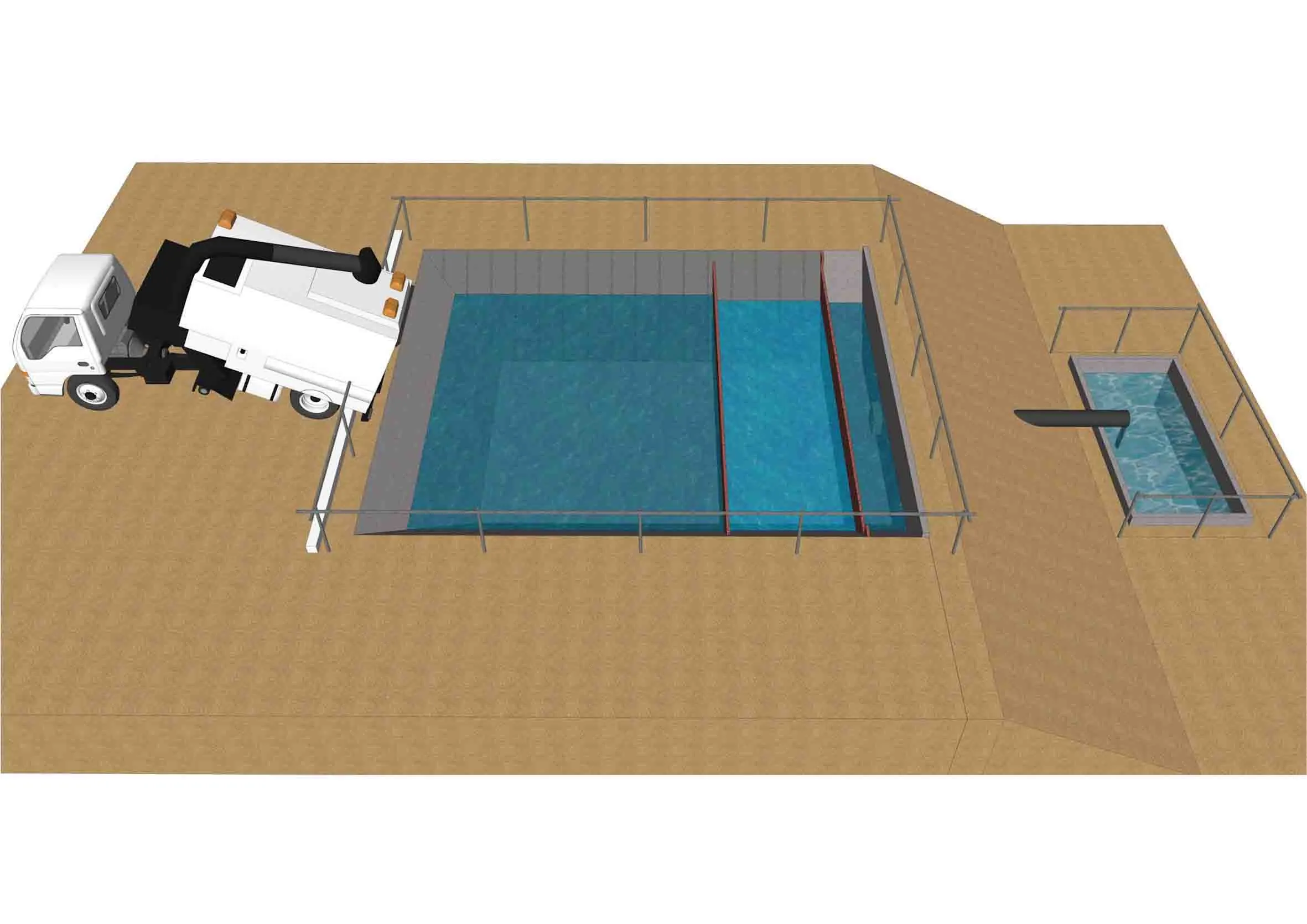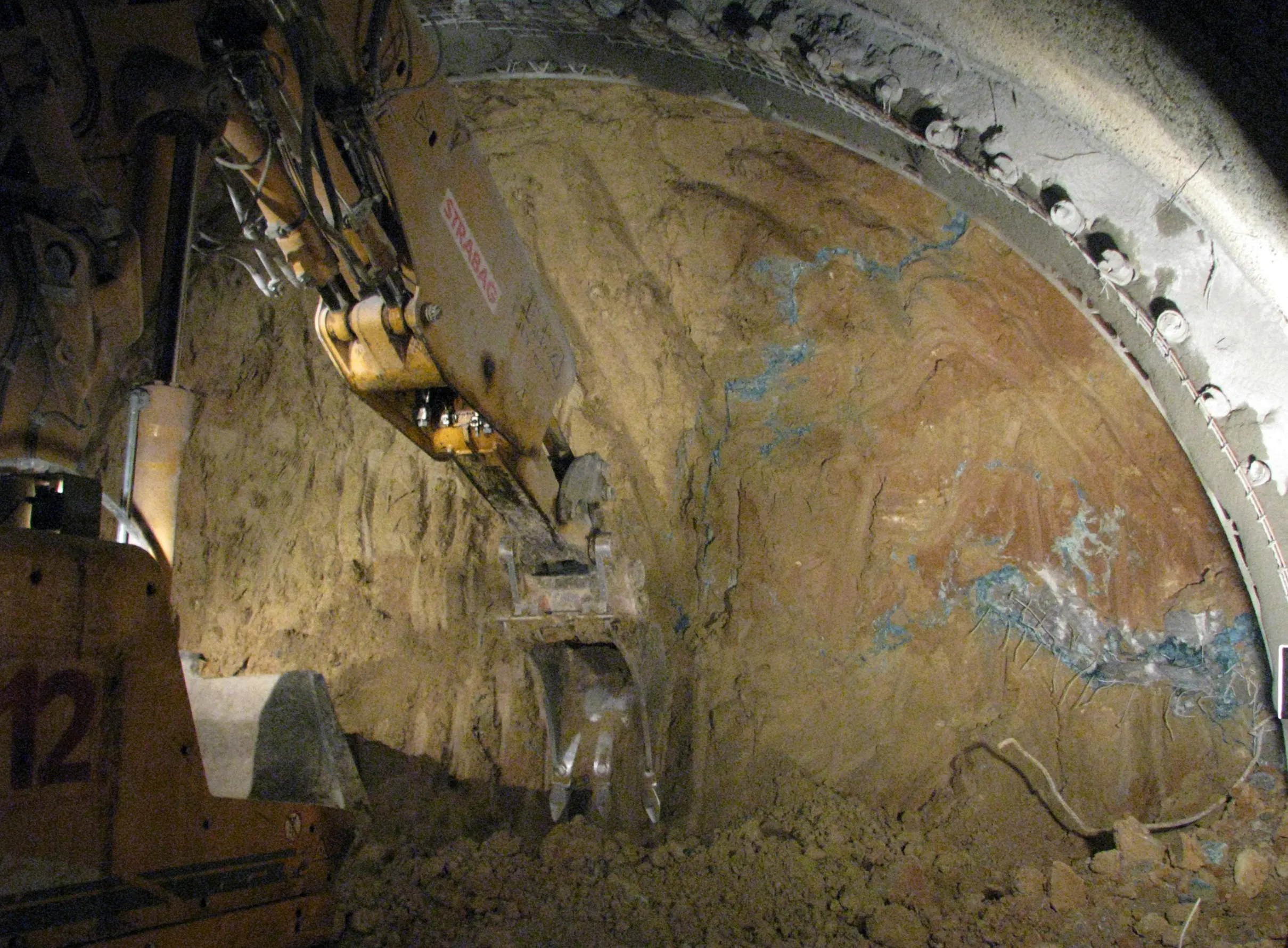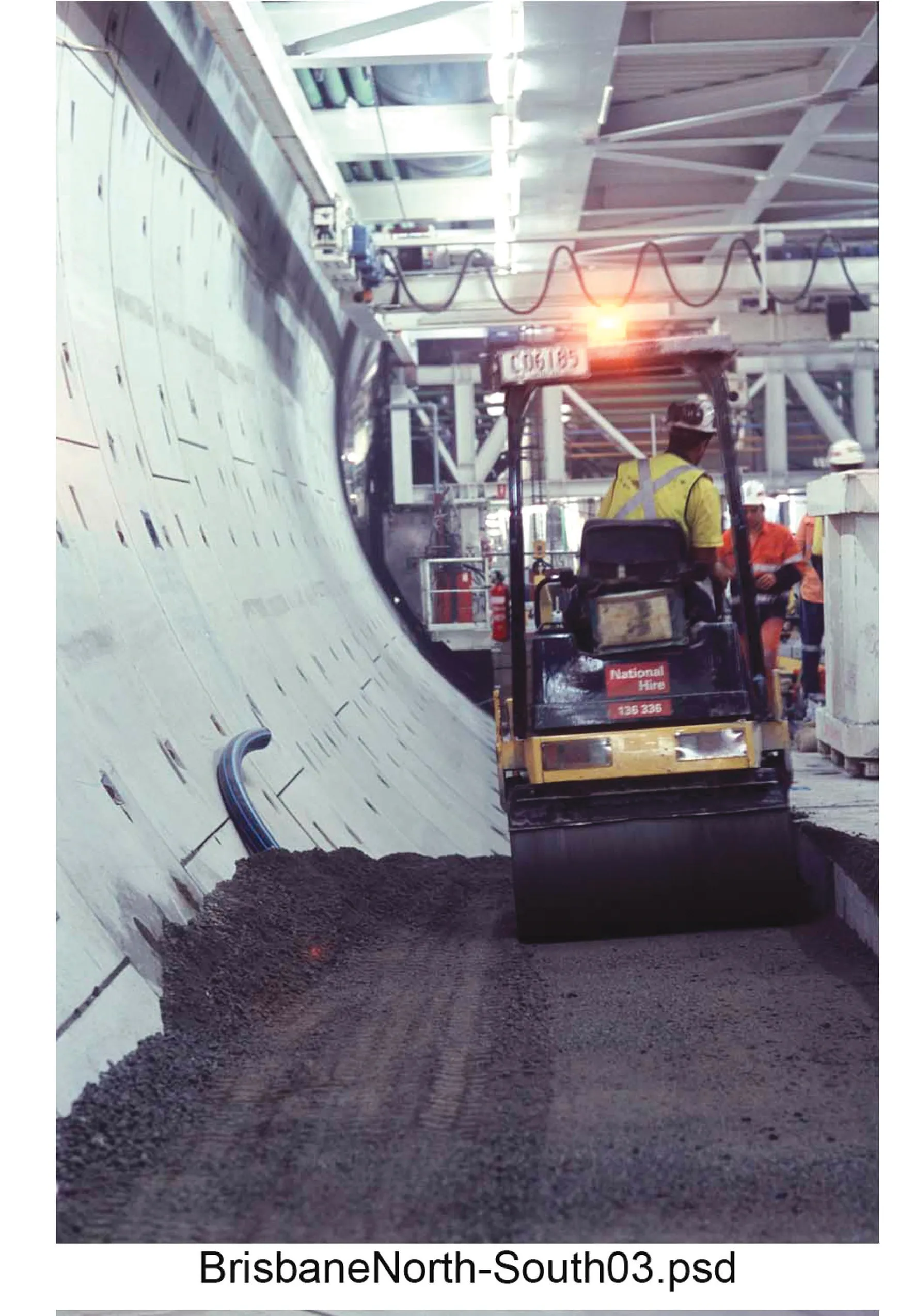
Drainage specialist
Lanes has been commissioned by the Carillion Kier Joint Venture working for Highways England to install ultra-violet – UV - liners during the M6 Junction 16-19 Smart Motorway scheme between Crewe and Knutsford, in county Cheshire.
Lanes said that it is the first time that roadside drainage pipes will have been extensively lined, instead of being replaced, during a motorway upgrade project in the UK. Liners are designed to give the pipes additional structural strength to meet the 50-year asset lifespan specified by Highways England.
UV cure in-place pipe lining (CIPP) is ideally suited to working in highway environments, said Lanes. Compared with the only other viable system, hot water CIPP lining, it is faster, needs less equipment and fewer personnel. It can also be carried out in a more confined space and generates no toxic water waste.
The Smart Motorway upgrade is tackling congestion and improving journey times by converting the hard shoulder to a permanent extra lane. As well, variable speed limits are added to keep traffic steadily moving to help prevent tailbacks caused by sudden braking.
In the first phase of the programme, Lanes is lining pipes with diameters of up to 600mm along 13km of the northbound M6 carriageway.
Carillion Kier section manager Chris Padden said UV lining is only just now available in the UK. "The other option is to install new drainage lines in deep trenches, which has additional health and safety risks, takes longer and can be more costly than UV lining.”
Padden said that Lanes has achieved the target of lining around 600m of pipework a week. Simon Bull, manager of Lanes Group's lining division, said it was a challenge. "To do it while working in a 3.5m-wide space with 135,000 vehicles passing each day just inches away, while working around the needs of other construction colleagues, has been a very interesting challenge indeed."
Lanes has deployed two full-time UV lining teams on the project, along with supporting CCTV survey and jet-vac tanker teams. To speed up the lining process, UV liners up to 200m long are being installed.
"We've had to overcome major challenges, including the need to find buried manholes, refurbish other ones, open up new liner entry and exit points and empty very large amounts of silt and debris from pipes before liners can be installed,” said Bull.
"The learning curve has been steep and intense, but we have rapidly developed new techniques and procedures that will allow us to replicate this sort of success with future large highway schemes."









